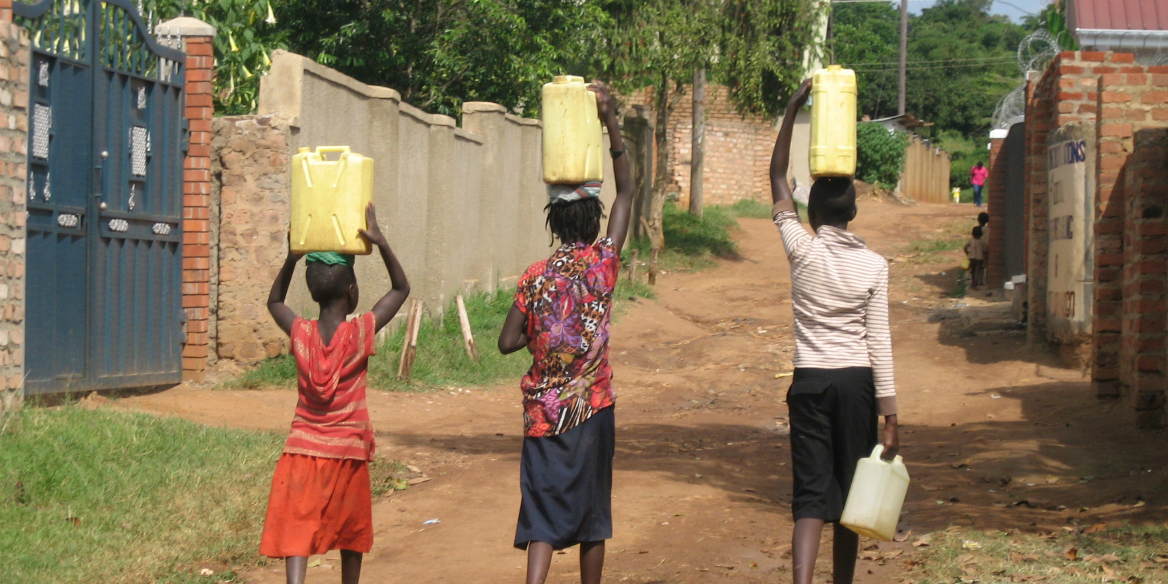‘Child Labour’ is work performed by a child that is likely to interfere with his or her right to education, or to be harmful to their health or physical, mental, spiritual, moral or social development. All work done by children under the age of 15 and dangerous work done by children under the age of 18 is illegal. Child labor is prohibited under international treaties and agreements.
Child labour in numbers
According to estimates by the International Labour Organisation (2017), there are 152 million children, aged between 5 and 17, subject to child labour.
- Almost 1 in 10 children between the age of 5 and 17 years old have to work
- About 4.3 million children aged below 18 years are in forced labour
- 70.9% works in agriculture
- 17.2% in the service sector
- 11.9% in heavy industry
- Most child labour takes place in the informal sector
- Nearly 70% of the children does unpaid work supporting their family
Causes & Consequences
Poverty is often cited as the main cause of child labour. It is widely believed that families will not be able to cope if their children do not work. In practice, however, the poverty argument does not hold water. Precisely the opposite is true: child labour maintains poverty.
Experience shows that deeprooted social norms, the violation of workers’ rights, discrimination against certain groups, and a poorly-functioning education system are the main reasons why children aren’t attending school.
Because children are easy to exploit and are cheap labourers, they are hired in preference to adults. Child labour thus leads to lower wages and higher unemployment among adults. Children who work and do not go to school will end up in low paid jobs later, and so will their children – and so the vicious cycle of poverty is perpetuated.
Child labour exists because:
- people accept it and invent excuses for it;
- children’s rights are not respected;
- governments do not provide compulsory, free and accessible education;
- international agreements and conventions are not observed;
- the education system excludes poor and vulnerable children;
- consumers worldwide demand cheap products;
- employers can benefit from cheap labour;
- there is no decent work for adults;
- we have not done enough to stop it.
Together we can stop child labour
By no longer accepting it, not in mines, not on fields, not in factories, not in domestic settings and not in the products we buy…
Child labour is a global problem that requires a global solution. In India, Africa and Latin America, local authorities, teachers, employers, parents and children in child labour free zones work together to get children out of work and into school. They are all convinced that no child should be working: every child should be in school. These child labour free zones are successful and are continuing to spread to other areas and countries.
But real change requires more. This is why we call on governments, businesses and consumers worldwide to shoulder their responsibility. And work together towards a child labour free world.

